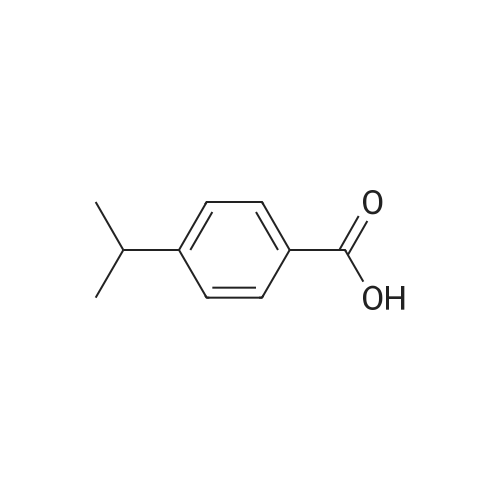Machine learning models and performance dependency on 2D chemical descriptor space for retention time prediction of pharmaceuticals
Armen G. Beck
;
Jonathan Fine
;
Pankaj Aggarwal
, et al.
J. Chromatogr. A,2024,1730,465109.
DOI:
10.1016/j.chroma.2024.465109
More
Abstract: The predictive modeling of liquid chromatography methods can be an invaluable asset, potentially saving countless hours of labor while also reducing solvent consumption and waste. Tasks such as physicochemical screening and preliminary method screening systems where large amounts of chromatography data are collected from fast and routine operations are particularly well suited for both leveraging large datasets and benefiting from predictive models. Therefore, the generation of predictive models for retention time is an active area of development. However, for these predictive models to gain acceptance, researchers first must have confidence in model performance and the computational cost of building them should be minimal. In this study, a simple and cost-effective workflow for the development of machine learning models to predict retention time using only Molecular Operating Environment 2D descriptors as input for support vector regression is developed. Furthermore, we investigated the relative performance of models based on different molecular descriptor space by utilizing uniform manifold approximation and projection and clustering with Gaussian mixture models employed to identify chemically distinct clusters. Results outlined herein demonstrate that local models trained on clusters in chemical space perform equivalently when compared to models trained on all data. Through 10-fold cross-validation on a comprehensive set of 67,950 Merck proprietary analytes, these models achieved coefficients of determination of 0.84 and 3% error in terms of retention time. This promising statistical significance is found to translate from cross-validation to prospective prediction on an external test set of pharmaceutically relevant analytes. The observed equivalency of global and local modeling of large datasets is retained with METLIN’s SMRT dataset, thereby confirming the wider applicability of the developed machine learning workflows for global models.
Keywords:
Liquid Chromatography ;
Retention Time Prediction ;
Support Vector Regression ;
Gaussian Mixture Models ;
Uniform Manifold Approximation & Projection
Purchased from AmBeed:
22071-15-4 ;
16225-26-6

Effects of a triangular nanocage structure on the binding of neutral and anionic ligands to CoII and ZnII porphyrins
Blackburn, P. Thomas
;
Lipke, Mark C.
;
J. Coord. Chem.,2022,75(11-14):1520-1542.
DOI:
10.1080/00958972.2022.2128786
More
Abstract: Interactions of neutral pyridine ligands and anionic benzoate ligands with the metalloporphyrin walls of M6L3 nanocages (M = [(tmeda)Pt]2+, L = tetra(3-pyridyl)porphyrin-M', M' = CoII,; ZnII) were evaluated in CD3CN. The binding of ligands to simple tetra(N-methyl-3-pyridinium)porphyrin-M' complexes and was also evaluated. Pyridine ligands bind with generally similar strength to the monomeric porphyrins as to the outer faces of the corresponding cage. Coordination is enhanced inside the cages for the binding of one equivalent of pyridine, 3-methylpyridine, or 3,5-dimethylpyridine. In contrast, 4-(4'-methoxyphenyl)pyridine cannot bind inside the cages, and 4-methylpyridine shows weaker binding inside than outside. Steric effects play a complex role in influencing ligand binding since 4-tert-butylpyridine binds more strongly in the cages than 4-methylpyridine. These latter two ligands also reveal a subtle allosteric effect in which binding of ligands inside becomes increasingly favored over external binding once some of the external sites are occupied. Benzoate and 3,5-di-tert-butylbenzoate can also coordinate to the walls of, but quant. anal. of these interactions was complicated by competing affinity of the anions for other sites of the cages, limiting detailed insight.
Keywords:
Nanocage ;
porphyrin ;
metalloporphyrin ;
coordination chemistry ;
supramolecular
Purchased from AmBeed:
16225-26-6

 Chemistry
Chemistry
 Pharmaceutical Intermediates
Pharmaceutical Intermediates
 Inhibitors/Agonists
Inhibitors/Agonists
 Material Science
Material Science















 For Research Only
For Research Only
 120K+ Compounds
120K+ Compounds
 Competitive Price
Competitive Price
 1-2 Day Shipping
1-2 Day Shipping











